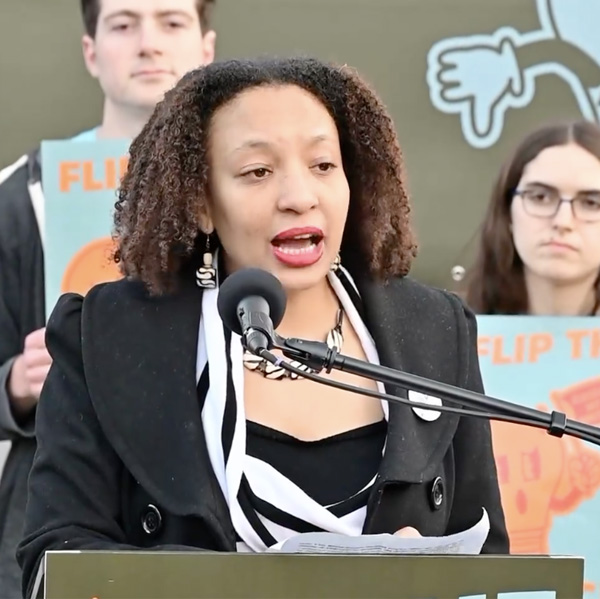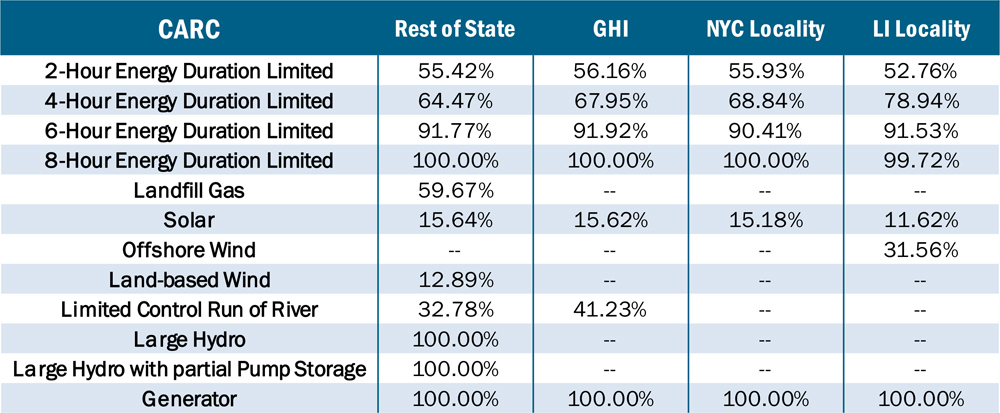FERC has denied a pair of complaints against PJM from the Public Service Commission of West Virginia and the RTO’s Independent Market Monitor arguing that denying them access to the RTO’s Liaison Committee violates its governing documents and FERC orders on transparency and board independence (EL23-45, EL23-50).
The PSC complaint, filed March 8, 2023, argued that language in PJM’s Operating Agreement (OA) detailing the structure of standing committees includes the LC and mandates that nonvoting ex officio members, such as state utility commissions, be permitted to attend. Excluding them from the room while representatives of the five PJM member sectors meet with the RTO’s Board of Managers prevents PSC staff from fully understanding PJM’s decision-making process and may enable FERC-regulated utilities to advocate for market rules that are not in the state’s interest before the board, the regulator argued. (See W.Va. PSC Files Complaint over PJM Meeting Policy.)
The Monitor stated that the LC often discusses market issues that pertain to its monitoring role. Tariff Attachment M — which details the Monitor’s role in PJM — grants it access to the full stakeholder process, including working group and committee meetings, when it “deems appropriate or necessary to perform its function.” The Monitor’s complaint was filed on March 24, 2023.
“Excluding the Market Monitor from stakeholder meetings compromises the ability of the Market Monitor to perform its function by depriving it of information exchanged in such meetings and the opportunity to state its independent views. The Market Monitor cannot effectively perform its function when it is excluded from stakeholder meetings. In addition, the Market Monitor has a direct interest in hearing communications and responding to communications from a member or members to the Board that concern the Market Monitor’s performance of the market monitoring function and the terms and conditions of its retention by PJM,” the Monitor’s complaint said.
The commission’s March 1 order rejected the Monitor’s complaint, stating it had not demonstrated the LC is a part of the stakeholder process under Attachment M, nor established it is part of the Board of Managers’ decision-making process requiring the Monitor’s access. The order says the Monitor has sufficient access to the board through multiple stakeholder process meetings and direct meetings with the board that are closed to stakeholders.
The Organization of PJM States Inc. (OPSI) submitted comments supporting the Monitor’s complaint, saying state regulators rely on the Monitor’s analysis when considering the effects RTO decisions could have on their rates. By preventing the Monitor from participating in the LC —which it argued is among the most important committees where stakeholders meet with PJM’s Board of Managers — OPSI said the Monitor’s ability to provide state utility commissions with fully informed opinions is inhibited.
State commissions, FERC staff, the Monitor and OPSI had been permitted to attend the LC until September 2018, when the Members Committee voted to enforce a provision of the LC’s charter limiting attendance to PJM members and its board. (See PJM Stakeholders Table WVa PSC Attendance at Liaison Committee.)
In rejecting the West Virginia complaint, the commission cited PJM’s argument that the LC is not a standing committee under the OA but instead was formed through a joint effort of the Board of Managers and MC, putting it outside the stakeholder process and not mandating the attendance of state commissions or the Monitor. FERC also said state commissions have adequate access to the board through meetings with PJM through OPSI and at stakeholder meetings with board participation, such as the Members Committee.
Responding to the PSC’s complaint, PJM compared the LC’s formation to the memorandum of understanding signed with OPSI to hold regular meetings with the Board of Managers without the participation of other stakeholders.
Transmission owners and the PJM Power Providers (P3) Group argued that keeping the committee closed is appropriate to allow market participants to have candid conversations with the Board of Managers, while the West Virginia commission argued it violates the transparency and board independence provisions of FERC Orders 2000 and 719. The Monitor argued that positions made by PJM members before the board should stand regardless of who is in attendance.
P3 also argued that allowing the participation of consumer advocates, who are ex officio members with voting rights at the Members Committee, but not state committees, is appropriate because the LC provides an opportunity for voting members to express their views on issues they may be voting on before the board.
Christie Dissents
Commissioner Mark Christie dissented from the order’s rejection of the Monitor’s complaint, arguing that the majority had focused too much on Attachment M and not considered its relation to the Monitor’s role in PJM, causing it to “miss the forest for the trees.” He argued that even if no votes are taken at the LC, meeting to express views on issues faced by PJM and its members is one in a series of actions that culminates in board decisions. Christie concurred with the order’s stance on the West Virginia complaint and stated he believes the result is correct but cannot join in the reasons the order gave.
He argued that whether the Monitor has sufficient access to the board was not at issue in the complaint, but rather whether the Monitor was justified in believing that issues raised at the LC are pertinent to the Monitor’s functioning. Christie also said state regulators often are reliant on the Monitor’s analysis and understanding of PJM’s markets and proposed changes.
“The IMM is given very specific and vitally important duties, both in Order No. 719, which devotes an entire section to the importance of independent market monitoring in all RTOs, as well as, more specifically, in PJM’s specific [Open Access Transmission Tariff] Attachment M. If attending these meetings is ‘necessary or appropriate’ to the IMM doing its job, then the IMM should be allowed to make that decision,” Christie wrote.
On the PSC West Virginia complaint, Christie said he believes the state commission failed to meet the burden of proof to file the complaint, but stated he believes there’s a larger issue of states not having adequate influence at RTOs when wholesale market or transmission changes can directly affect consumer rates.
“There exists a much broader issue concerning RTO governance and decision-making that deserves attention, however, that unfortunately is not teed up in this proceeding, which I regard sadly as a missed opportunity … that broader issue is the very real and compelling need to redefine and elevate the roles and authorities of state regulators in all RTOs. State regulators regulate the retail rates paid by consumers, the rates that actually determine the monthly power bills that consumers must pay,” Christie wrote.
He described the order’s consideration of whether the LC is a standing committee as “‘how many angels can dance on the head of a pin, legalistic hairsplitting,” but stated he does not believe granting state commissions access to the LC would have done much to advance their standing at RTOs even if the complaint had been granted.

